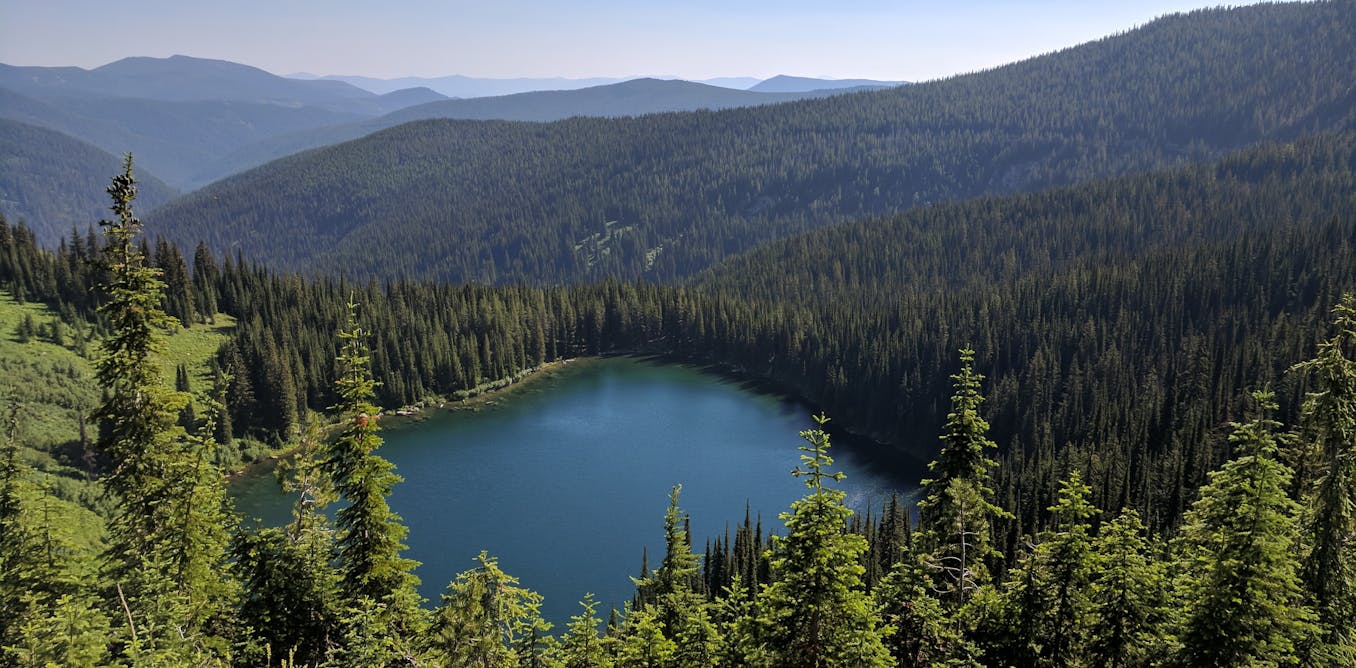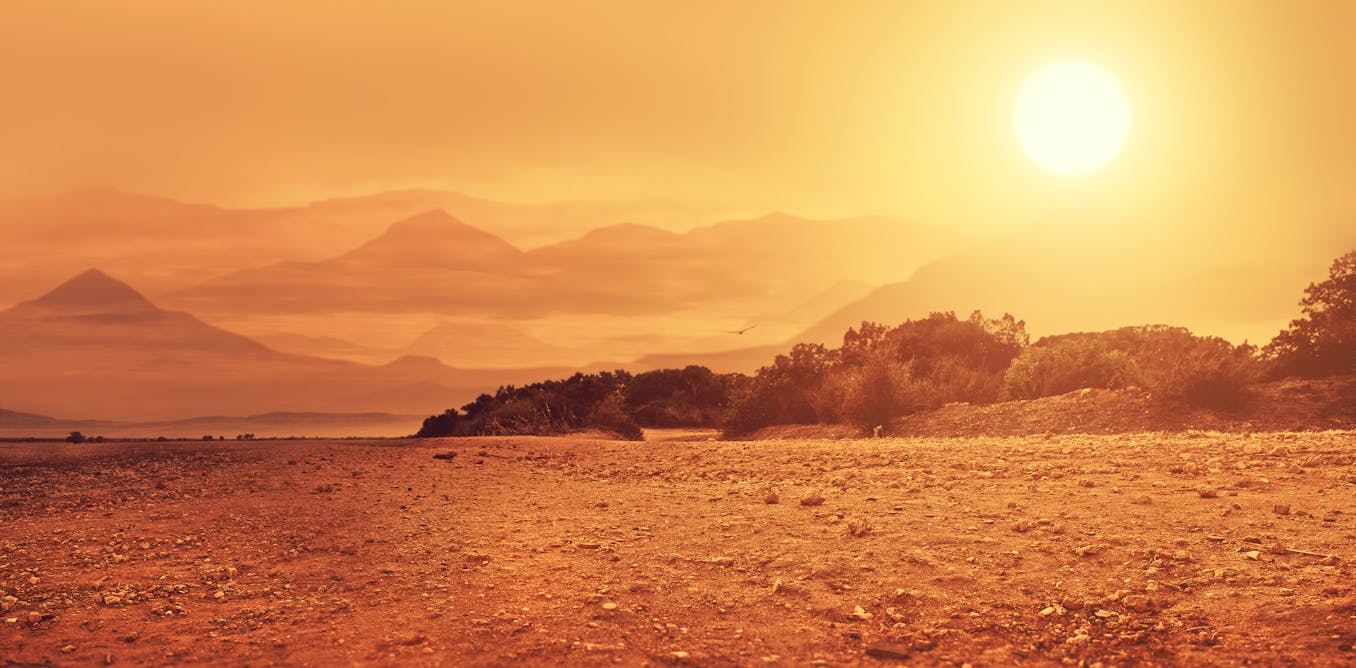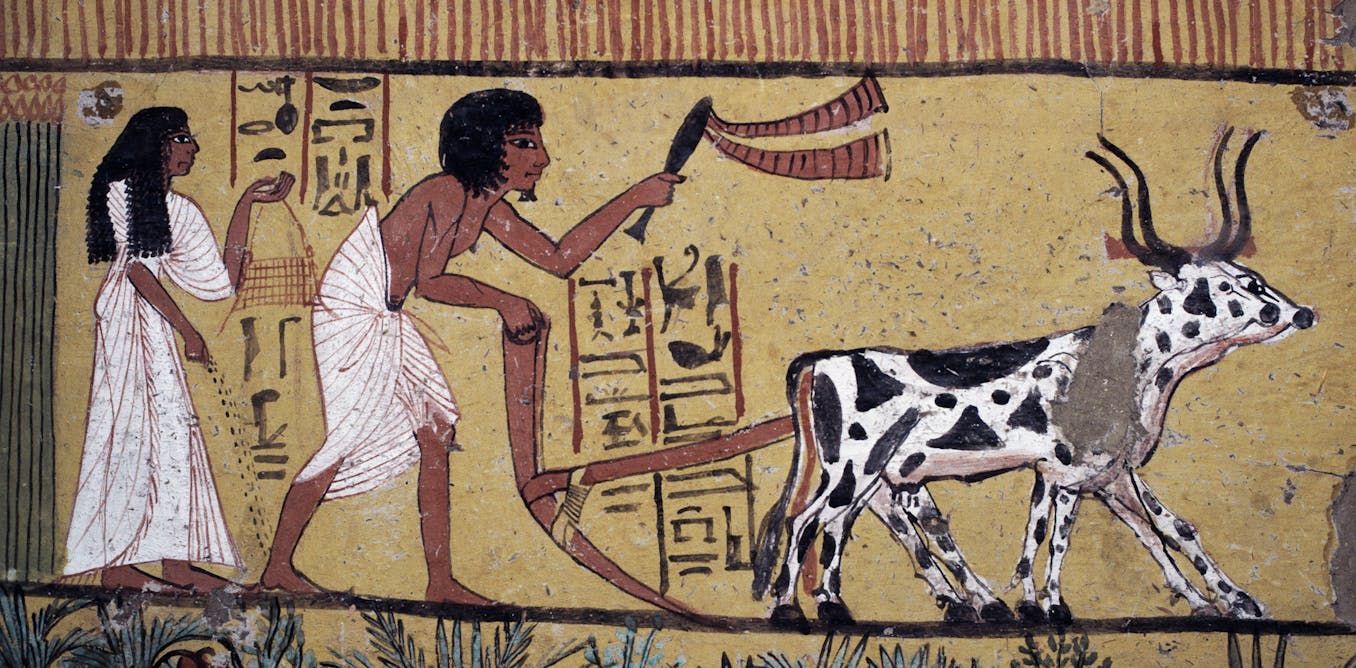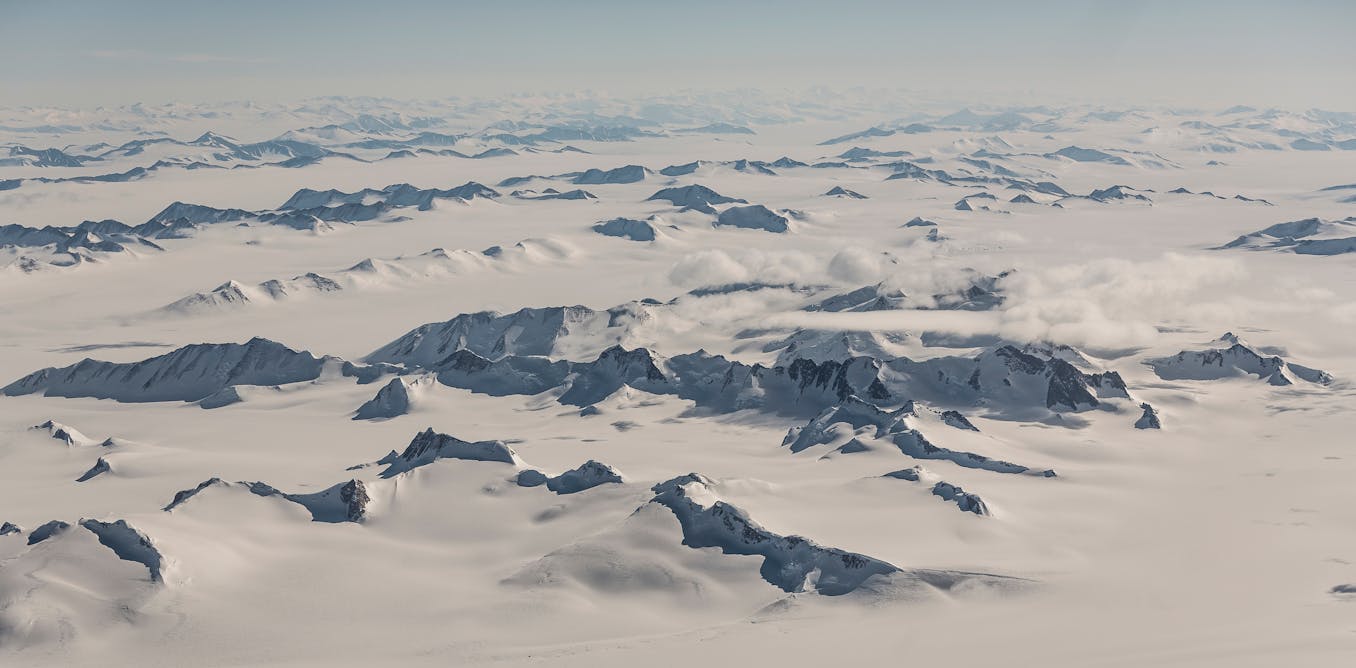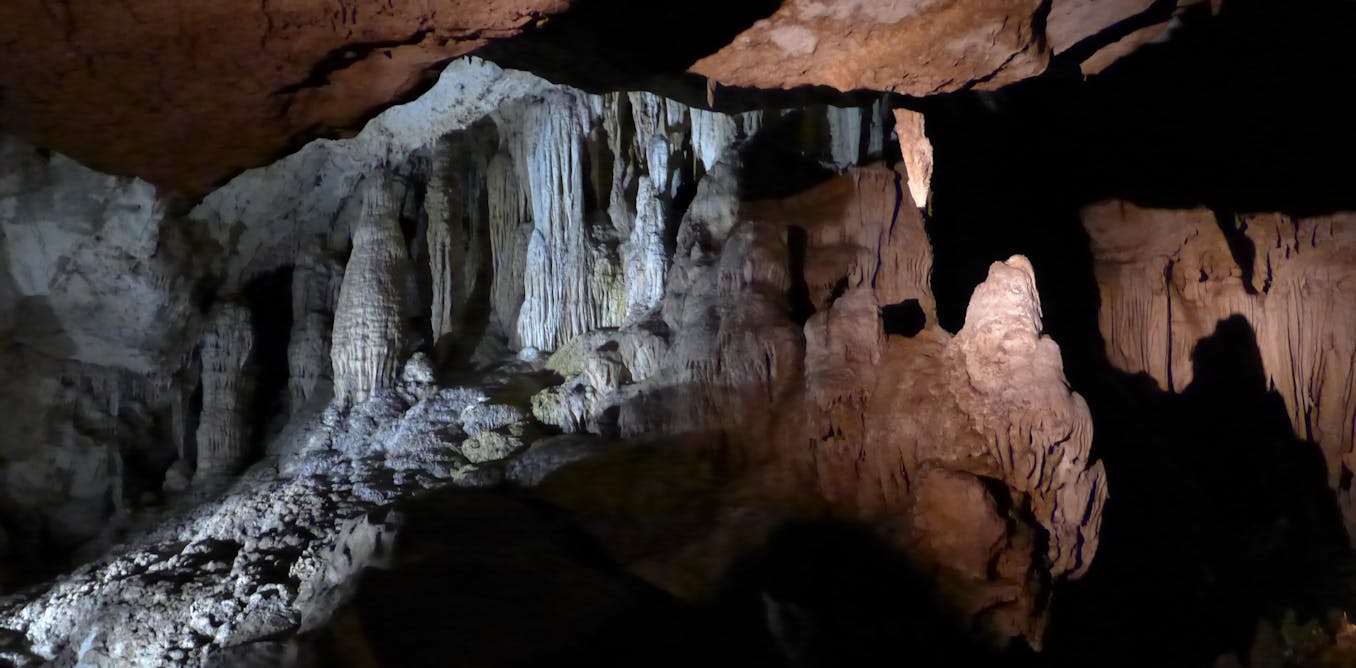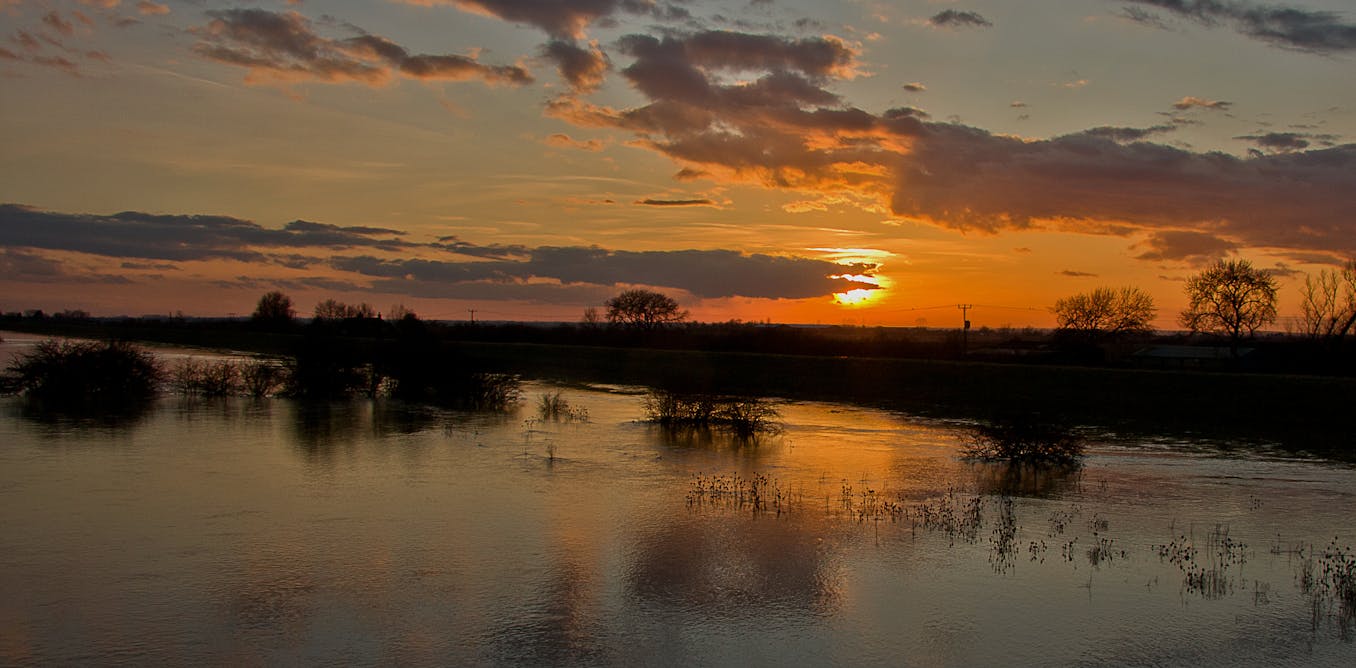What 2,500 years of wildfire evidence and the extreme fire seasons of 1910 and 2020 tell us about the future of fire in the West
As the climate warms, devastating fires are increasingly likely. The 2020 fires pushed the Southern Rockies beyond the historical average. Is there hope for the Northern Rockies?
Oct. 17, 2023 • ~10 min

